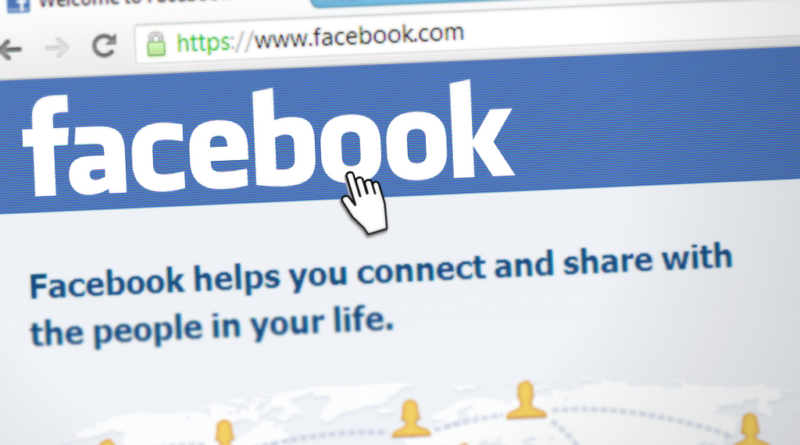Is Facebook Addictive?
Is Facebook Addictive?
Back in 2005, Mark Zuckerberg couldn’t have imagined that Facebook would have 1.86 Billion monthly users in 2017. Facebook has become just as much a part of daily life as the telephone or the television – some people would even argue it’s poised to replace both.
Why has Facebook become so huge? Well, first off, without a doubt Facebook’s first priority is providing its users with a positive experience. Secondly, it fulfills a need – Facebook allows people to feel informed, connected, and validated. Through its algorithm and your user data, Facebook ensures that you are the most relevant stories and updates are always pushed to you at breakneck speed as they happen. The result is what is known as a quintessential case of intermittent positive reinforcement.
Positive reinforcement is when a desired stimulus is presented as a reward for a particular behavior. When positive reinforcement is presented intermittently, it is the most effective at shaping a person’s behavior. In the case of Facebook, you can’t always predict when logging in will result in a Like or validating Comment on a picture you posted, or an interesting news story – but it certainly does happen at a high rate. Therefore, it’s safe to conclude that users are rewarded for logging into their Facebook profile, which as been instrumental in Facebook’s meteoric rise in adoption.
Here are some of the mechanisms by which Facebook rewards users for using their platform, and fosters social media addiction by design.
Relevant Updates
One of Facebook’s algorithmically enabled priorities is to guarantee users will receive stories that are relevant to their interests. For example, if a motorcycle logged in to Facebook and frequently was served stories about ballet, they would like lose interest in the social media platform. However, if that same motorcycle enthusiast logs into Facebook, and 9 out of 10 times are presented with a timely and interesting piece of news about Harley Davidson or competitive motorcycle racing, they’re more likely to return.
Additionally, when a user is constantly served with stories that affect them in some way – whether it’s a motorcycle story or political news – access to that information becomes more enmeshed with the user’s sense of understanding the current conditions of the world around them. So much so, in fact, that in recent years a new psychological phenomenon has emerged; it’s known as Fear of Missing Out (FOMO). Facebook users experiencing FOMO may find themselves compulsively checking their phones, and if they lose internet access or the ability to check their Facebook newsfeed, they may start experiencing anxiety symptoms.
Social Currency – Likes, Comments, Shares
The vast majority of people place value on feeling understood, liked, and loved – in other words, people value validation. Facebook is a digital platform that provides its users with validation on demand.
The Like, Comment, and Share system’s core value is connection and validation. Being able to quantify your popularity with the number of Facebook friends you have can be a badge of validation. When you post a picture, being able to measure your friends’ response to what you shared provides validation, as well. Posting and measuring validation can be addictive, and keep users coming back for more.
Optimizing Towards Emotions
In 2017, Facebook expanded the ways in which its users can react to a post. Rather than just being able to click ‘Like’, users can now react with ‘Love’, ‘Haha’, ‘Sad’, or ‘Angry’. Facebook also provides temporary reactions for special events.
In addition to providing its users with a more robust set of tools to express themselves, this change also provides Facebook with a more robust data set. This data allows Facebook to find new ways to tug its users’ psychological triggers, always with the goal of increasing peoples’ frequency of return. This comes with serious ethical concerns from some psychologists. In 2014, Facebook received serious criticism for serving stories based on emotional sentiment and measuring peoples’ responses.
Digital Media Is Addictive By Design
Facebook changed the way people receive information and communicate with one another. With almost 2 Billion monthly users and growing, the social media titan is poised to remain a staple part of human culture. However, it’s important for people to remain aware of its addictive potential. The basis of growing the platform is such that the psychology of addiction undoubtedly informs user experience decisions. Intermitten positive reinforcement will keep users coming back for more.
However, Facebook is just one example that engages in these design practices. The goal of most technology companies – including Facebook, Snapchat, Twitter, and various other digital companies – is to design a platform that always gives its users a tug to come back for more.

